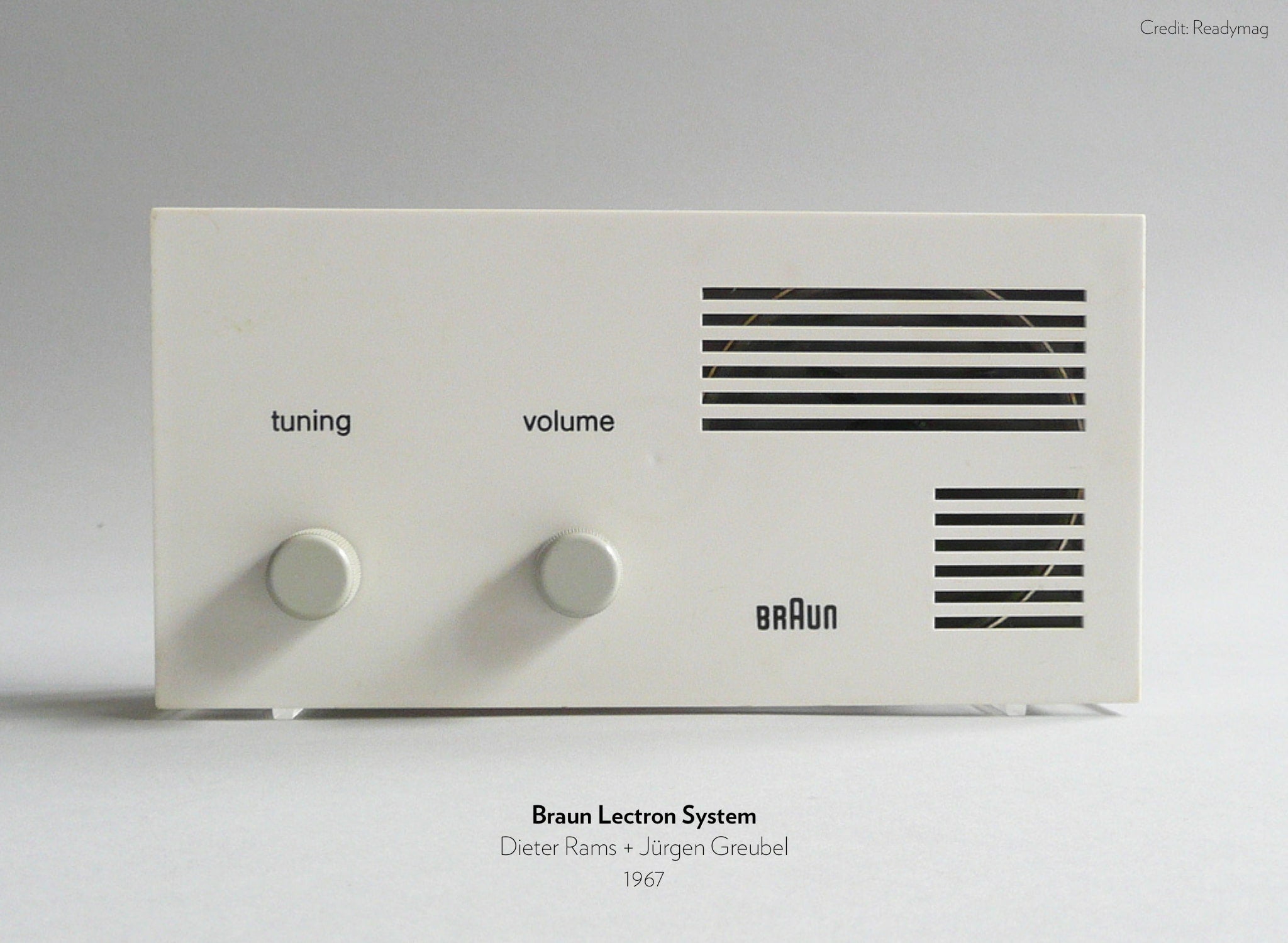Table Of Content

Being knowledgeable of an individual's hair type is a good start to knowing how to take care of one's hair. There is not just one method to discovering one's hair type. Additionally it is possible, and quite normal to have more than one kind of hair type, for instance having a mixture of both type 3a & 3b curls. Hair grows everywhere on the external body except for mucus membranes and glabrous skin, such as that found on the palms of the hands, soles of the feet, and lips. Each of the thread-like things growing on your head and body is a hair.
More Learner's Dictionary definitions for hair
This argument assumes that curly hair better impedes the passage of UV light into the body relative to straight hair (thus curly or coiled hair would be particularly advantageous for light-skinned hominids living at the equator). Hair is a protein filament that grows from follicles found in the dermis. Hair is one of the defining characteristics of mammals.The human body, apart from areas of glabrous skin, is covered in follicles which produce thick terminal and fine vellus hair.
External links
However, while men develop longer, coarser, thicker, and darker terminal hair through sexual differentiation, women do not, leaving their vellus hair visible. Many mammals have fur and other hairs that serve different functions. Hair also has a sensory function, extending the sense of touch beyond the surface of the skin.
Root of the hair
Guard hairs give warnings that may trigger a recoiling reaction. The body has different types of hair, including vellus hair and androgenic hair, each with its own type of cellular construction. The different construction gives the hair unique characteristics, serving specific purposes, mainly, warmth and protection. Telogen effluvium is when hair roots are pushed into the telogen resting phase. This usually occurs after some stress and can be acute or chronic.
Aveda's Be Curly Advanced Line Improves Curl Definition by Almost 90% - NewBeauty Magazine
Aveda's Be Curly Advanced Line Improves Curl Definition by Almost 90%.
Posted: Mon, 29 Apr 2024 20:54:52 GMT [source]
Structure of Hair
Hair care involves the hygiene and cosmetology of hair including hair on the scalp, facial hair (beard and moustache), pubic hair and other body hair. Hair care routines differ according to an individual's culture and the physical characteristics of one's hair. Hair may be colored, trimmed, shaved, plucked, or otherwise removed with treatments such as waxing, sugaring, and threading. Similar to the skin, hair gets its color from the pigment melanin, produced by melanocytes in the hair papilla. Different hair color results from differences in the type of melanin, which is genetically determined. As a person ages, the melanin production decreases, and hair tends to lose its color and becomes gray and/or white.

Related Words
The wall of the hair follicle is made of three concentric layers of cells. The cells of the internal root sheath surround the root of the growing hair and extend just up to the hair shaft. The external root sheath, which is an extension of the epidermis, encloses the hair root. It is made of basal cells at the base of the hair root and tends to be more keratinous in the upper regions.

The cuticle is of considerable cosmetic importance as it gives the hair an untangled appearance and shape. The first is the hair shaft, which comprises the visible part outside the skin, and the second is the hair follicle, which lies underneath the skin's surface. Additionally, the hair follicle contains an inner and outer root sheath. The hair follicles in your skin contain living cells to allow your hair to grow.
Most common interest in hair is focused on hair growth, hair types, and hair care, but hair is also an important biomaterial primarily composed of protein, notably alpha-keratin. The first to develop is the lanugo, a layer of downy, slender hairs that begin growing in the third or fourth month of fetal life and are entirely shed either before or shortly after birth. During the first few months of infancy there grow fine, short, unpigmented hairs called down hair, or vellus. Vellus covers every part of the body except the palms of the hands, the soles of the feet, undersurfaces of the fingers and toes, and a few other places.
In fact, as we get older, the number of hair follicles per square inch decreases as our bodies stretch and grow. In fact, although genetic findings (Tishkoff, 2009) suggest that sub-Saharan Africans are the most genetically diverse continental group on Earth, Afro-textured hair approaches ubiquity in this region. This points to a strong, long-term selective pressure that, in stark contrast to most other regions of the genomes of sub-Saharan groups, left little room for genetic variation at the determining loci. Such a pattern, again, does not seem to support human sexual aesthetics as being the sole or primary cause of this distribution. The eyebrows provide moderate protection to the eyes from dirt, sweat and rain.
Hair texture (straight, curly) is determined by the shape and structure of the cortex, and to the extent that it is present, the medulla. The shape and structure of these layers are, in turn, determined by the shape of the hair follicle. Hair growth begins with the production of keratinocytes by the basal cells of the hair bulb. As new cells are deposited at the hair bulb, the hair shaft is pushed through the follicle toward the surface. Keratinization is completed as the cells are pushed to the skin surface to form the shaft of hair that is externally visible.
Hair is most noticeable on most people in a small number of areas, which are also the ones that are most commonly trimmed, plucked, or shaved. These include the face, ears, head, eyebrows, legs, and armpits, as well as the pubic region. The highly visible differences between male and female body and facial hair are a notable secondary sex characteristic. Shaving is accomplished with bladed instruments, such as razors. The blade is brought close to the skin and stroked over the hair in the desired area to cut the terminal hairs and leave the skin feeling smooth. Depending upon the rate of growth, one can begin to feel the hair growing back within hours of shaving.
How much of each hair type you have varies from person to person and also depends on your age and sex. About 30 percent of the body’s surface is covered with terminal hair in women, compared to about 90 percent in men. Hair is continually shed and renewed by the operation of alternating cycles of growth, rest, fallout, and renewed growth. The average life of different varieties of hair varies from about four months for downy hairs to three to five years for long scalp hairs.



















